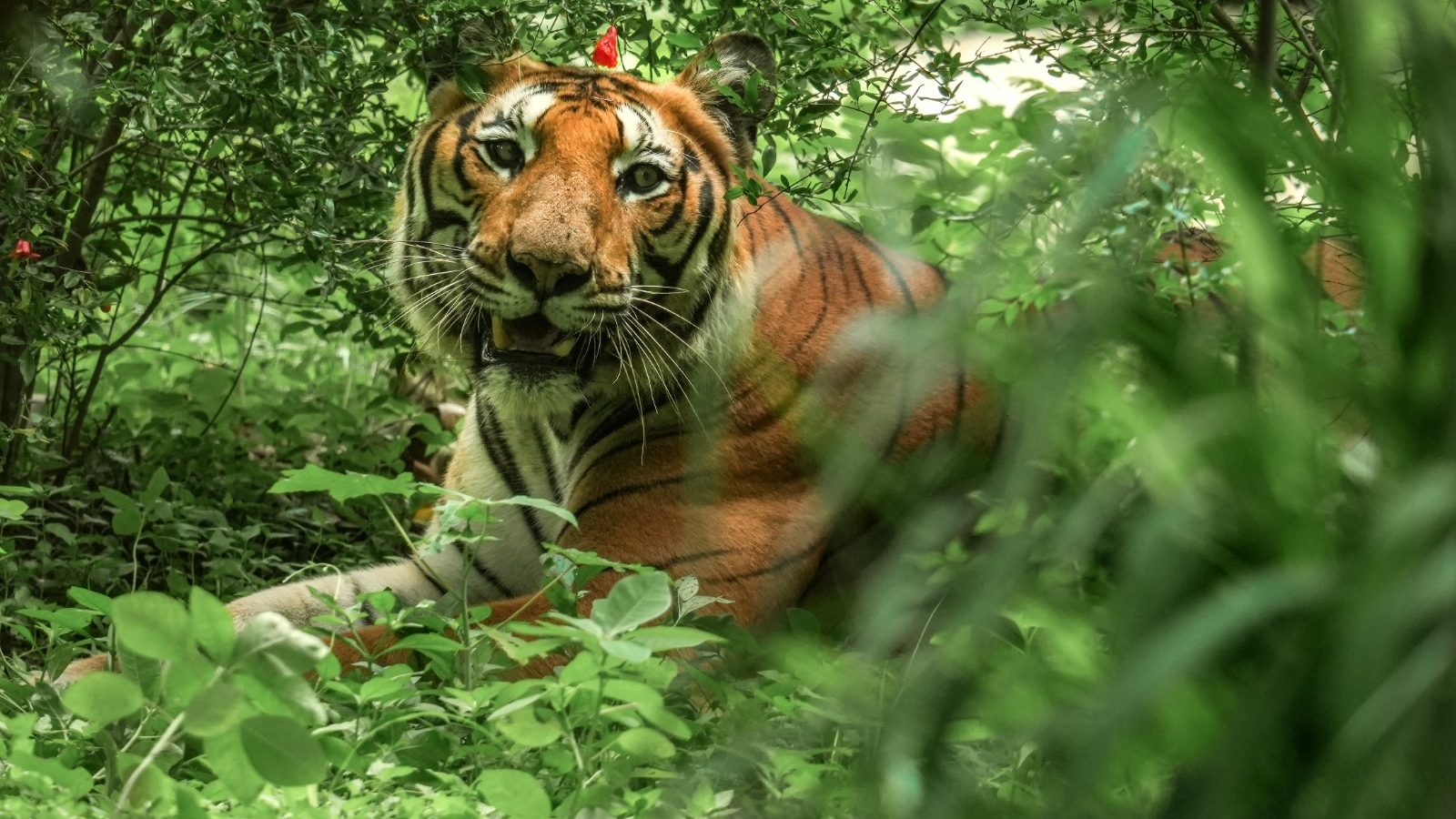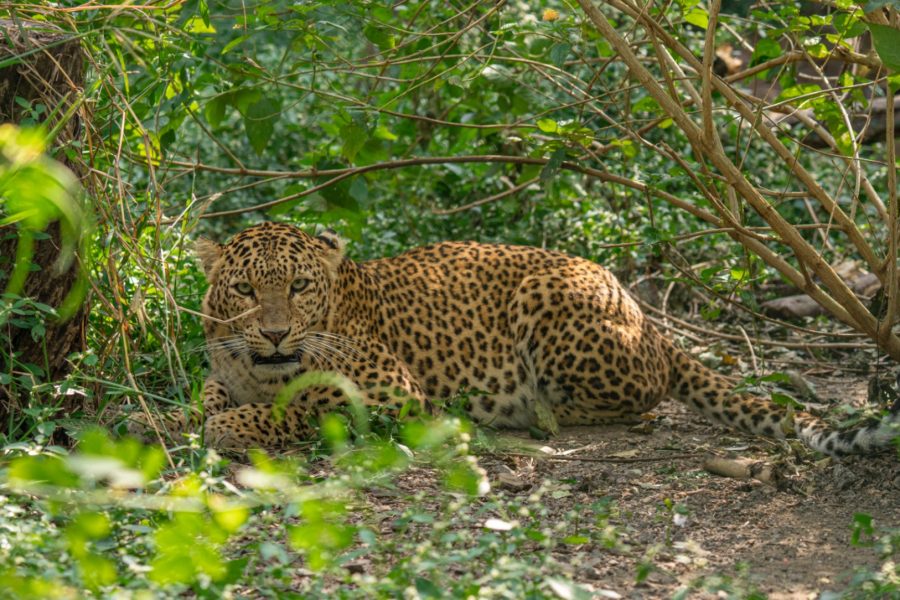There are numerous misconceptions that surround certain animals, including tigers that have unfortunately fallen victim to this as well. Tigers are large, vivid, majestic animals of the wild, and yet, they have the exceptional ability to camouflage. They are apex predators that keep a balance in the ecological food chain. They are a keystone species, and help the forest they inhabit remain alive. But the significance of striped cats is sadly shadowed by negative perception and partial understanding of the species that is shared among the masses. Awareness about animals that we share our planet with can promote a much-needed sensitivity towards wildlife.
On this year’s International Tiger Day, let’s bust five myths that unfairly cling to these big cats, and present some of the most fascinating facts about them!

Myth #1: All Tigers Are Man-Eaters!
Fact
Over the last few years, we have heard many cases about tigers that have been called man-eaters. However, not all tigers are man-eaters. Most of the alleged man-eaters resort to this due to an injury they sustained or due to old age, which makes them weak and desperate. Many encounters between humans and tigers take place because forest areas are now closer to rapidly expanding human settlements. Tigers are solitary, territorial animals and each requires large territories to themselves so that they have access to abundant prey. However, the loss of habitat has also led to lack of prey for a tiger’s survival. Human habitation closeby therefore becomes a convenient spot for wild animals to find food sources. Most encounters between humans and tigers entail threats of attacks or the gathering of a violent mob around the animal, to which tigers, in an act of self-defense, are liable to aggressively respond. While humans aren’t primarily on their list of prey, certain situations lead them to charge at humans, making tigers feared by most.
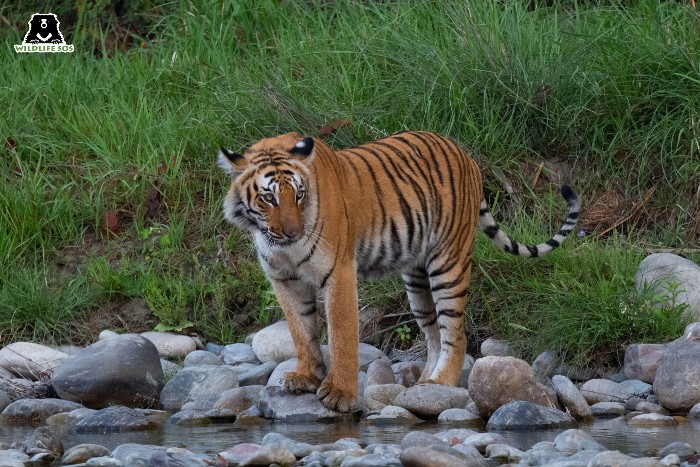
Myth #2: Similar To Other Felines, Tigers Do Not Like Water!
Fact
Contrary to popular belief, tigers are actually great swimmers and often access rivers or water bodies in their natural habitat. During summers, taking frequent dips is one of the most common ways tigers cool down their bodies. When the temperatures are extremely high, the big cat can also be seen resting in and around a water body for long hours of the day, before retiring into the jungle during sunset. It has also been observed that soon after killing their prey and devouring it, tigers come to a water body to quench their thirst after a hearty meal. Sometimes, this is also followed by a quick dip in the natural pool.
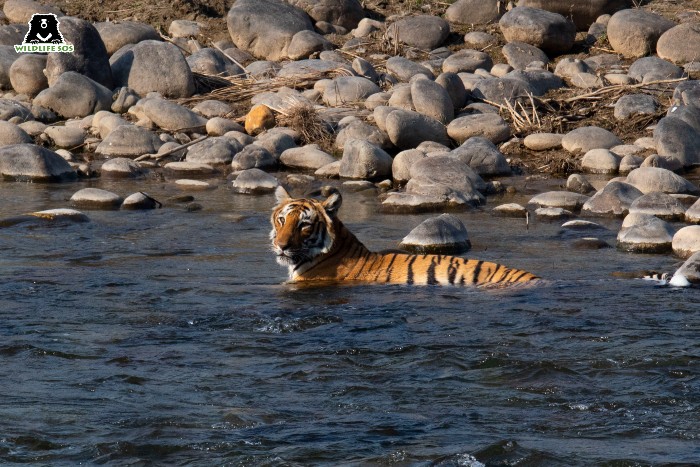
Myth #3: A Male Tiger’s Territory Size Is Equal To That Of A Tigress’s
Fact
Many assume that since the tigress is involved in raising cubs as well as fetching water and food for them, they must cover a larger distance, hence the size of her territory is equal to that of a male’s. However, the territories covered by males are much larger in size than that of females.
To maintain their supremacy, male tigers need access to different females for mating and producing offspring. In the wild, each female tigress has her own territory, which falls within a male tiger’s large territory. A larger territory of males would mean more female territories, therefore the male tiger can go from one to another in search for a female he can mate with. A female tiger, in turn, selects a mate that can not only hunt well, but also have a larger territory. This leads to competition among males, which is why they strive to have a larger territory under them.
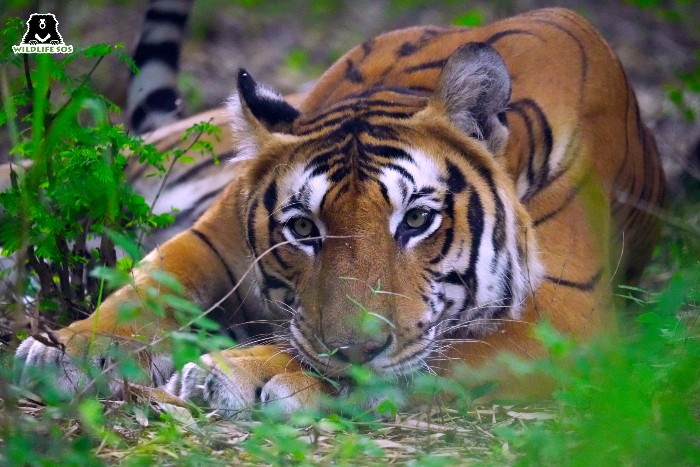
Myth #4: Tigers Are Excellent Hunters!
Fact
While tigers are said to be one of the most elegant cats, they have been mistakenly perceived as great hunters as well! It has been observed that in the wild, tigers have a very low success rate of hunting, ranging between 5% and 20% only. They are solitary, night-time hunters, with superior vision in the dark, yet these mammals are constantly pushed to face challenges like competition with other predators, lesser availability of prey, poaching of tigers and their prey, and habitat destruction.
Many times, tigers also form social ties with other tigers in or around their territory to hunt large prey together. This not only helps the group coordinate for the kill, but also keeps them full after a long day of hunting.

Myth #5: Tigers Do Not Move Around During The Day!
Fact
The movement of a tiger depends completely on whether the said tiger has already made a kill, or is still hungry. In case it is hungry, the tiger would keep moving around in the wild to find the perfect moment to hunt. They can usually be seen on the move early in the morning, mid-afternoon and late evening, either to hunt, or to go back to their territory. Temperature also plays an equally important role in deciding the movement of tigers. During the winters, tigers sunbathe in the open, whereas during summers, most are active around sunrise or sunset.

In order to learn more about wildlife, one needs to be aware of the facts rather than the fiction that taints animals. For centuries together, the skin, bones, teeth, and other body parts of tigers have been believed to be useful for medicinal purposes, leading to rise in illegal trade and decline in their population. If we examine the species from a different lens, we would perhaps be in a position to applaud it for its remarkable abilities.
To read more articles on the wonders of wildlife, you can subscribe to our newsletter.

